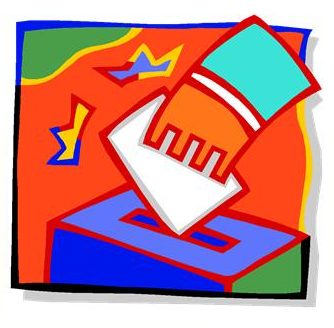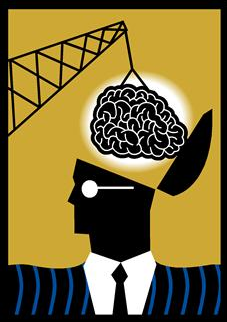In This Election Season, Contested Elections May Require eDiscovery to Sort Out the Results: eDiscovery Trends
Remember the 2000 Presidential election and all of the issues and headaches that resulted from punch card “butterfly” ballots and “hanging chads” down in Florida? These days, electronic ballots are more popular. However, using those electronic ballots doesn’t solve all problems and, if there are disputes, there may be a need for eDiscovery professionals to sort out the results.
This article on Legaltech News (For 2016 Election, Electronic Voting and Discovery May Collide on Complex Terrain, written by Ricci Dipshan) discusses the issues and concerns over this year’s elections and the possibility that eDiscovery may be necessary to evaluate the process. Certainly, we’ve already seen concerns about the fairness of the process already. “Both sides of the aisle during the primary were certainly talking about rigged elections, and that talk does continue,” notes Mary Mack, executive director for the Association of Certified E-Discovery Specialists (ACEDS).
These days, Florida uses a mix of paper ballots and touch-screen direct recording electronic (DRE) voting systems, but the DRE voting machines aren’t perfect. According to data from Verified Voting Foundation, Florida is one of 15 states where some or all of the DRE machines used in elections do not have a voter-verifiable paper audit trail (VVPAT), a printed paper record of a vote that the voter immediately reviews and keeps with election officials.
The accuracy of the DRE voting machines was at issue in a 2006 Florida congressional seat race (why do these always seem to happen in Florida?) where the losing candidate filed a complaint with Florida’s 2nd Judicial Circuit court, alleging that DRE voting machine malfunctions contributed to an undervote of 18,000 ballots and therefore swung the election. She requested expedited discovery access to the hardware, software and source code of the county’s DRE machines, but the defendants which included state and county officials, refused, evoking ES&S’s trade-secret privilege under Florida’s evidence law. The judge upheld the privilege and denied the motion for discovery.
“I certainly understand the need to protect trade secrets, but there are methods that we use in litigation to protect trade secrets,” Mack said. “There’s actually a discipline called software forensics, where somebody who is trained can go in and explain what the code is doing. Software forensics is mostly used in patent cases and intellectual property cases, but it could certainly also be used here.”
DRE machines also keep event logs that track activity for each DRE voting machine and could help identify machine malfunctions. And, as you probably know if you’ve ever voted in any election for government officials, protocols and procedures play an important part too.
In an effort to support these protocols, ACEDS has sent a formal letter to the National Association of Secretaries of States, offering help in the form of “witnesses, collection people, and experts,” Mack said, adding that as the effort is not centralized, “members will be calling into their local county organizations, so I expect that in certain places we will be engaged.” ACEDS is also currently researching whether it can offer technology, including traditional eDiscovery software and hashing tools to help election workers as well.
While no secretary of state has taken ACEDS up on its offer yet, there is still time. “For me, [it would be] a wonderful thing if we prepared to do this and then don’t need to”, said Mack.
So, what do you think? Will we need eDiscovery to sort out election result disputes this November? Please share any comments you might have or if you’d like to know more about a particular topic.
Disclaimer: The views represented herein are exclusively the views of the author, and do not necessarily represent the views held by CloudNine. eDiscovery Daily is made available by CloudNine solely for educational purposes to provide general information about general eDiscovery principles and not to provide specific legal advice applicable to any particular circumstance. eDiscovery Daily should not be used as a substitute for competent legal advice from a lawyer you have retained and who has agreed to represent you.




